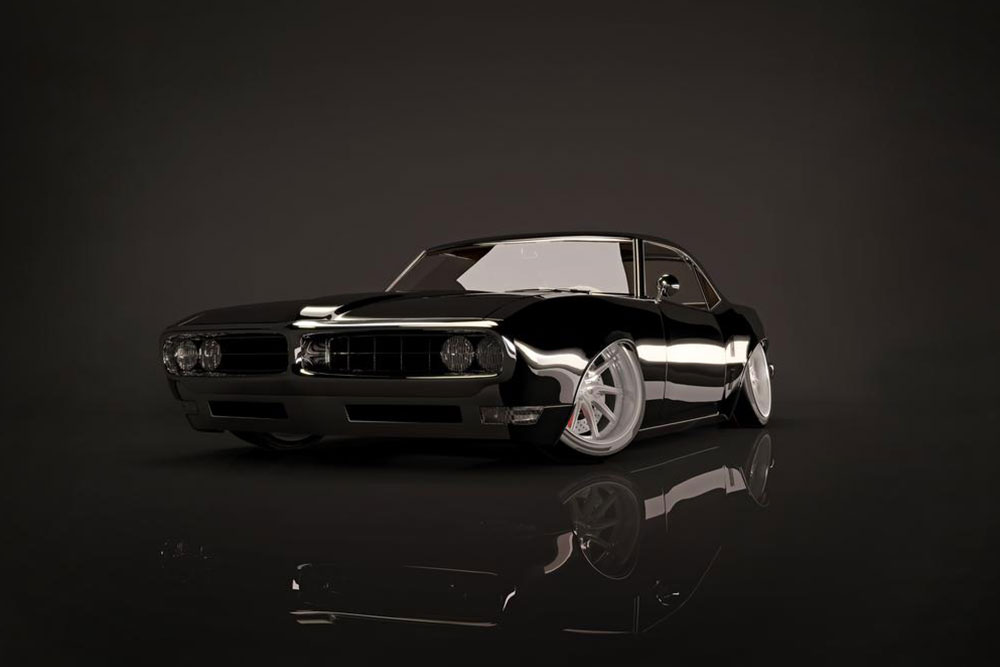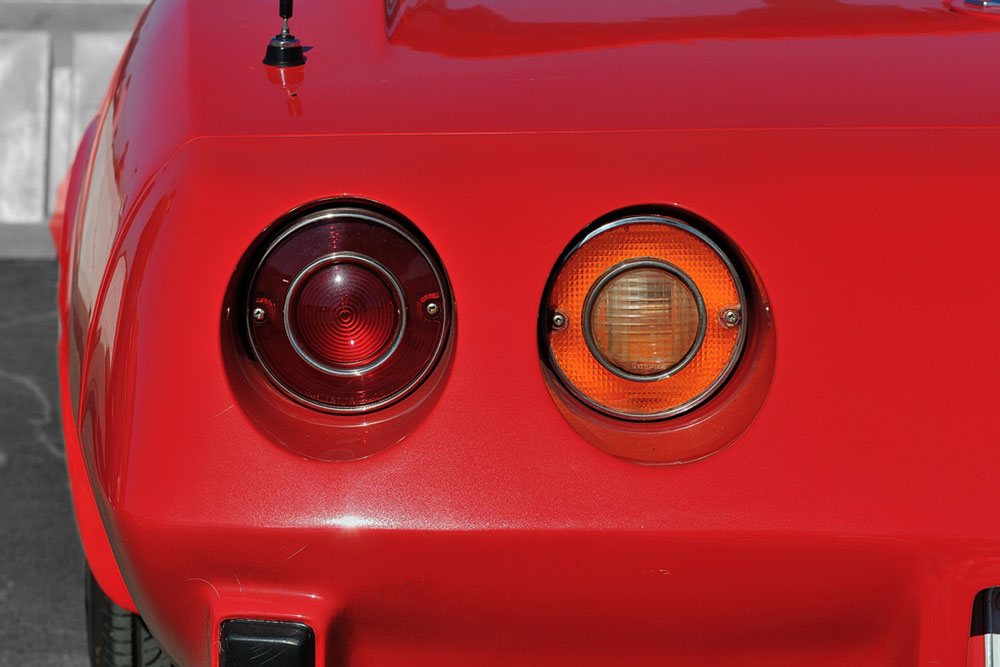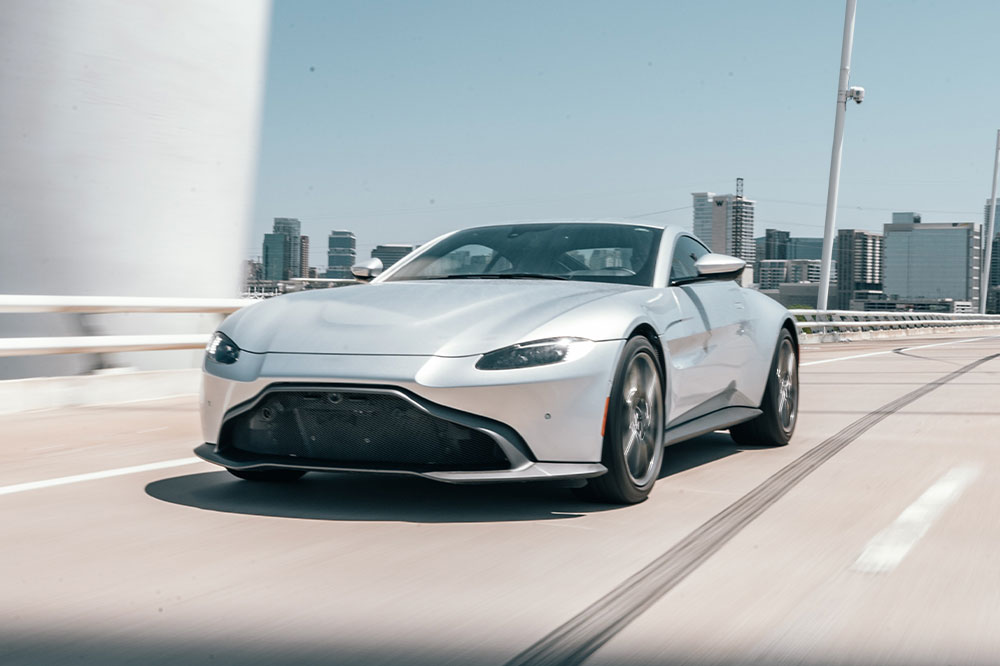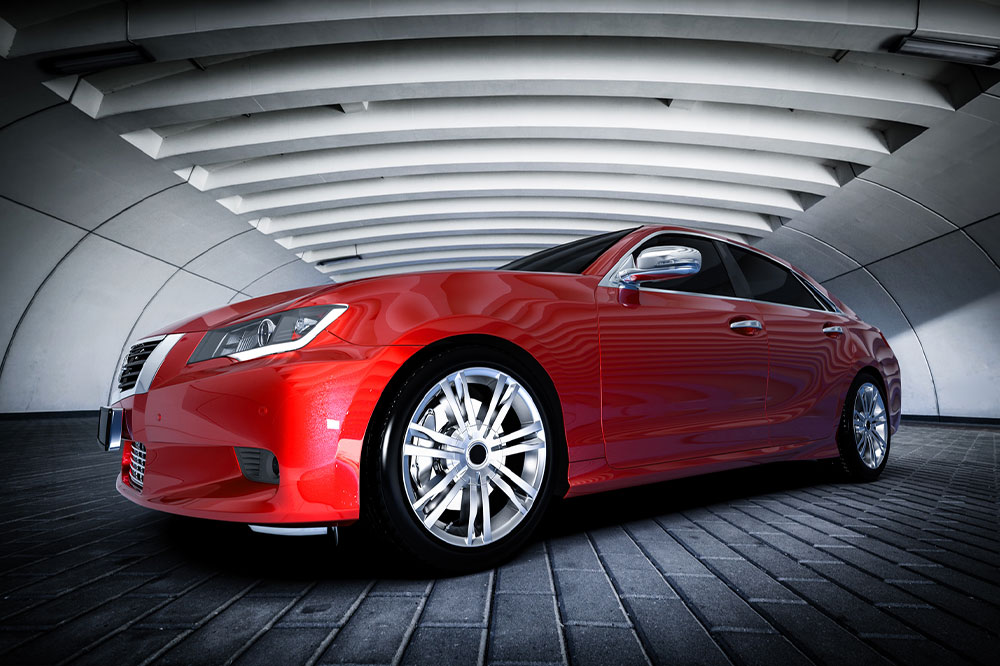Essential Features that Define a Classic and Modern Muscle Car
Explore the essential features that define and distinguish classic and modern muscle cars. From powerful V8 engines and quarter-mile racing performance to rear-wheel drive layouts and practical design, understand what makes muscle cars iconic. Discover how these core elements have evolved and continue to influence automotive enthusiasts today.
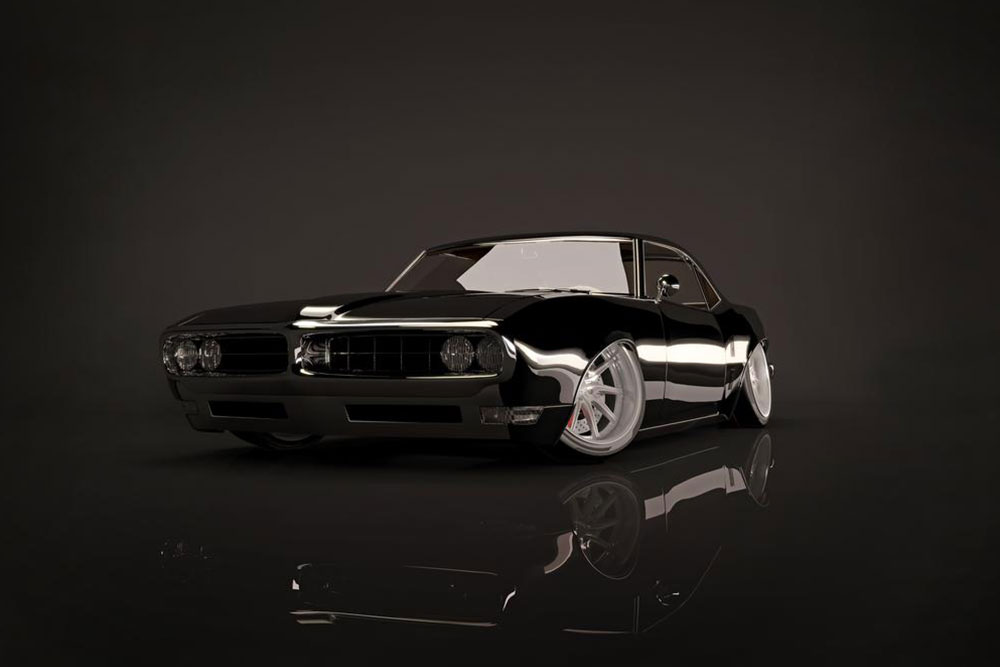
Muscle cars hold a special place in automotive history and culture, celebrated for their incredible power, aggressive styling, and performance capabilities. Originating in the United States during the 1960s, these vehicles revolutionized the automotive industry with their large engines and remarkable speed. Over the years, modern muscle cars have seen continuous advancements in technology, design, and engineering, but the fundamental features that define muscle cars remain remarkably consistent. This article explores the four core attributes that every exceptional muscle car must possess, whether vintage or contemporary, ensuring they meet the expectations of enthusiasts and casual drivers alike.
Powerful V8 Engine: The Heartbeat of Muscle Cars
The signature feature that sets muscle cars apart from other vehicles is undoubtedly their robust V8 engines. These high-capacity powerplants are what enable muscle cars to deliver their signature blistering acceleration and impressive top speeds. In classic muscle cars from the 1960s, engines ranged from 6.0 liters to over 7.0 liters, producing horsepower that often exceeded 400 HP. Today’s models continue this tradition, with modern V8s offering even more power thanks to advancements in fuel injection, turbocharging, and engine management systems.
Popular models like the Ford Mustang GT, Chevrolet Camaro SS, and Dodge Challenger R/T all feature V8 engines that produce upwards of 450 horsepower, providing an exhilarating driving experience. These engines are renowned for their distinctive sound—a deep, throaty rumble that has become a hallmark of muscle cars—and their ability to deliver swift acceleration, making them ideal for street performance and drag racing alike.
Quarter-Mile Performance: Testing True Muscle Car Speed
One of the most critical aspects of a muscle car’s performance is its capability to dominate in drag racing, particularly in completing the quarter-mile dash. Historically, muscle cars have been measured by how quickly they can cover this short distance, which demonstrates their raw power and acceleration. The faster the quarter-mile time, the more potent the vehicle.
Classic muscle cars from the 1960s and 1970s could complete the quarter mile in under 15 seconds, with some American muscle icons reaching times close to 13 seconds. Modern muscle cars have pushed these boundaries further, with factory models capable of traversing the quarter mile in under 12 seconds, some even under 11 seconds with upgrades. For example, new Ford Mustangs and Chevrolet Camaro SS models frequently achieve quarter-mile times beneath 13 seconds, showing technological progress that enhances performance.
This speed capability is not just for bragging rights; it reflects the engineering precision and power-to-weight ratio that make muscle cars a fan favorite among car lovers and racing enthusiasts. A true muscle car should demonstrate its speed on the drag strip, showcasing its performance credentials to enthusiasts and casual observers alike.
Rear-Wheel Drive: The Classic Layout for Authentic Muscle Car Dynamics
Rear-wheel drive (RWD) remains a fundamental characteristic of authentic muscle cars, both classic and modern. Although all-wheel drive (AWD) offers benefits such as improved traction, especially in poor weather, RWD provides the distinct driving experience associated with muscle cars.
RWD allows for better weight distribution and dynamic handling, making it easier to perform controlled drifts, smoke tire spins, and execute wheelies—iconic displays of muscle car prowess. The layout inherently facilitates more exhilarating acceleration and cornering because power is sent directly to the rear wheels, maximizing traction under hard acceleration.
Many enthusiasts prefer RWD because it captures the traditional muscle car essence—a vehicle designed for driving enjoyment, performance, and thrill-seeking. This layout also contributes to the aggressive stance and styling of muscle cars, emphasizing their sporty and muscular character.
Practicality and Accessibility: Balancing Performance with Everyday Use
While muscle cars are renowned for their performance capabilities, they were originally conceived as viable, everyday transportation options. Therefore, practicality remains a key feature. Modern muscle cars are designed with spacious rear seats, making them suitable for families or daily commutes, and are priced within reach of the average consumer, unlike exotic supercars.
Manufacturers aim to strike a balance between high-performance features and user-friendly aspects, such as comfortable seating, user-friendly dashboards, and reasonable fuel economy. This approach ensures that muscle cars appeal not only to performance purists but also to everyday drivers seeking an exciting yet practical vehicle.
The affordability factor plays a significant role in muscle car popularity. Despite their high-power engines, models like the Dodge Challenger or the Chevrolet Camaro are priced competitively, making high-performance driving accessible to a broader audience. This combination of power, style, and practicality is why muscle cars remain iconic symbols of American automotive culture.
In conclusion, while muscle cars have undergone numerous transformations, the core features that define their identity continue to resonate with enthusiasts worldwide. Whether through brute V8 power, impressive quarter-mile times, a rear-wheel-drive layout, or practical design, these elements ensure muscle cars can deliver an exhilarating driving experience combined with everyday usability. As technology advances, future muscle cars are likely to incorporate even more innovations without losing sight of these fundamental attributes, securing their place in automotive history for generations to come.
